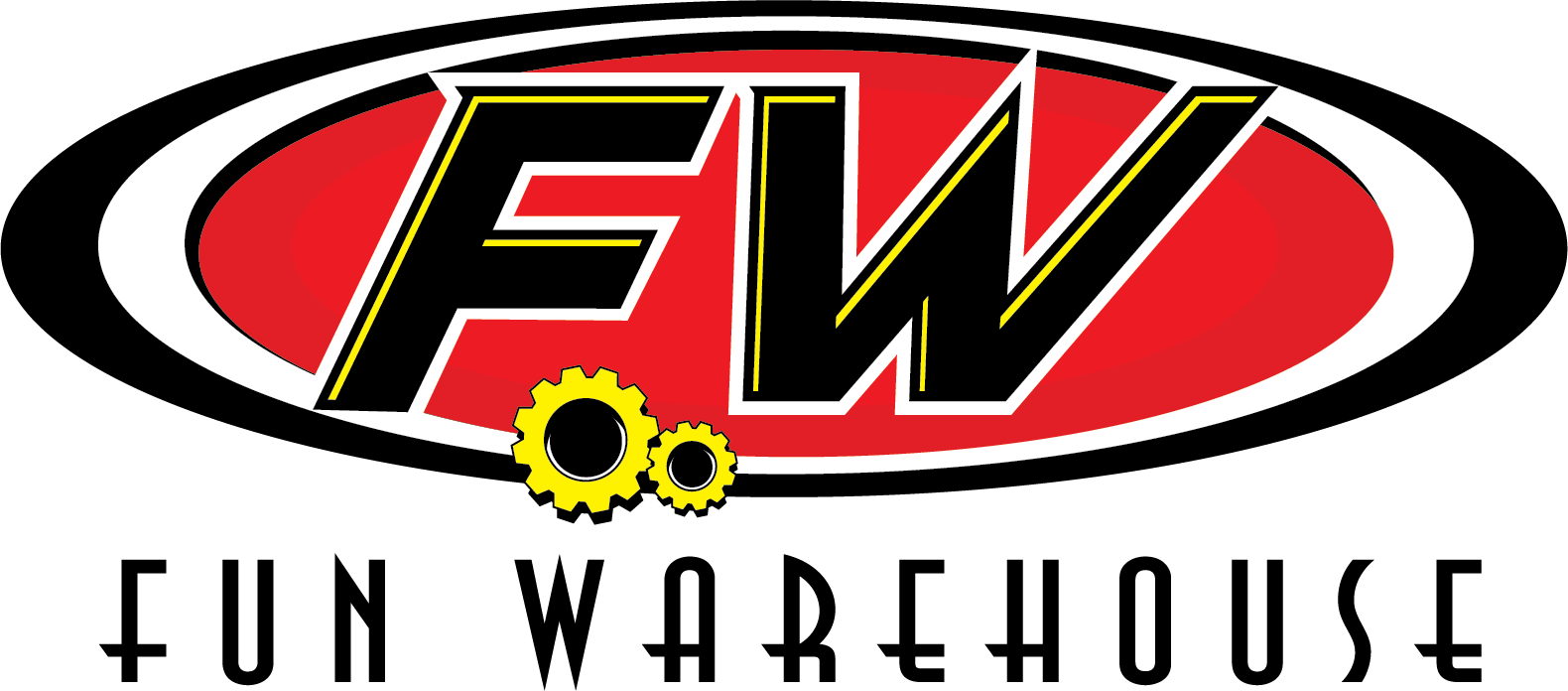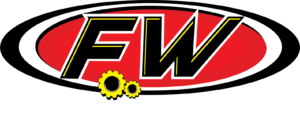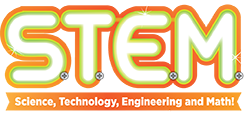
S.C. STATE STANDARDS
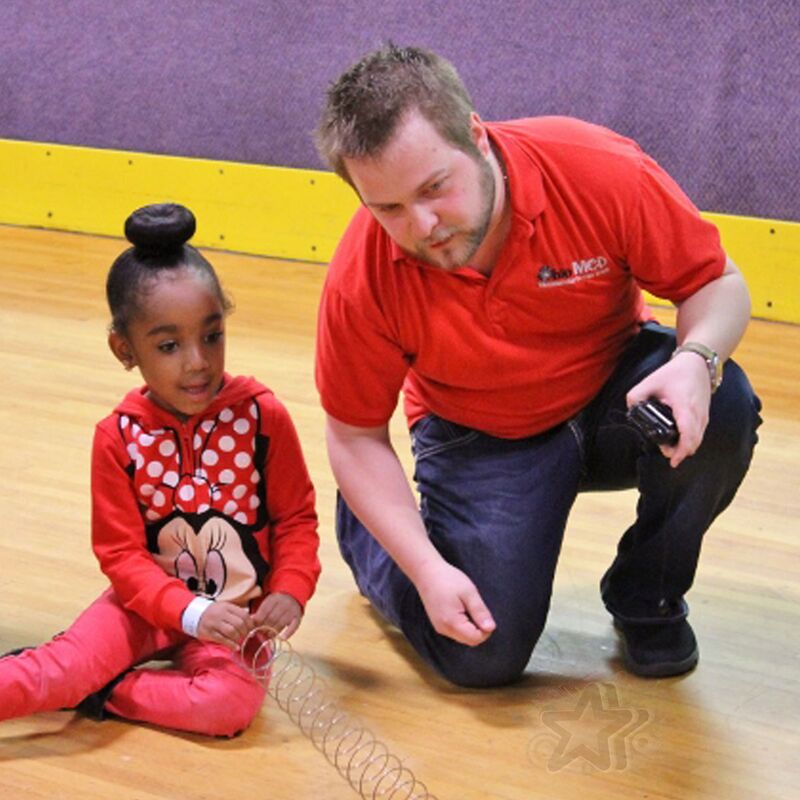
Kindergarten
K-PS2-1. Plan and conduct an investigation to compare the effects of different strengths or different directions of pushes and pulls on the motion of an object.
PS2.A: Forces and Motion
Pushes and pulls can have different strengths and directions. Pushing or pulling on an object can change the speed or direction of its motion and can start or stop it.
STEM Lesson 2:
The students will investigate and understand that moving objects exhibit different kinds of motion incorporating physical dimensions (left, right, forward, back, up and down. They will also gain an understanding of what motion is and how to put an object into motion
STEM Lesson 8:
The students will gain and understanding of Newton’s Laws and determine how a change in mass of an object (a roller skate) effects a push or pull on the objects speed and or direction.
First Grade
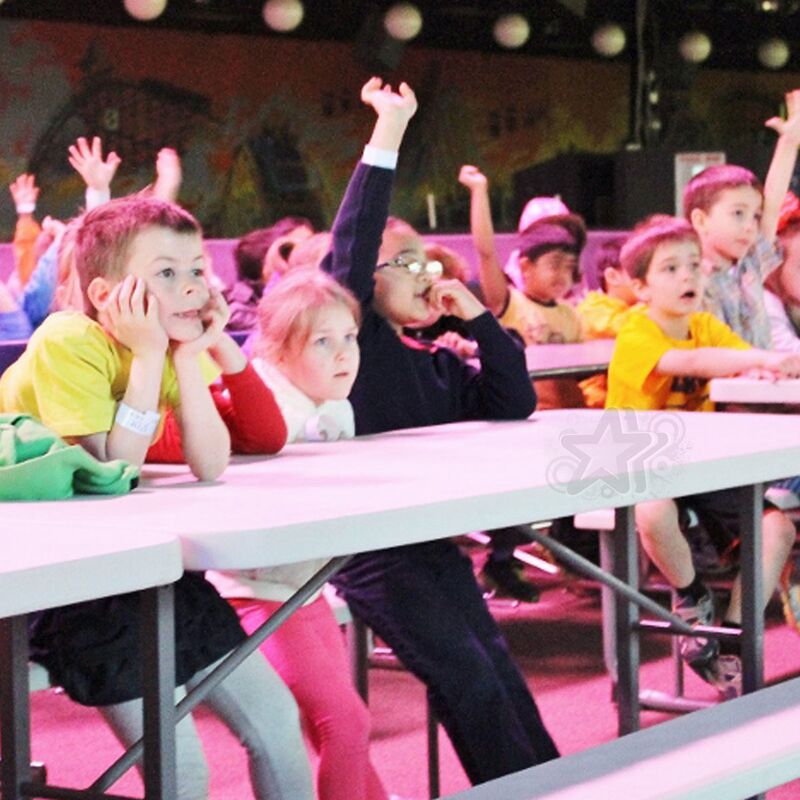
1-PS4-1. Plan and conduct investigations to provide evidence that vibrating materials can make sound and that sound can make materials vibrate.
PS4.A: Wave Properties
Sound can make matter vibrate and vibrating matter can make sound.
STEM Lesson 4:
The students will learn that sound is made of vibrations or sounds waves that we can hear. They will also understand that sound must travel through a medium as vibrations. The students will then gain an understanding of the different parts of a wave and discuss the differences between transverse and longitudinal waves.
1-PS4-3. Plan and conduct an investigation to determine the effect of placing objects made with different materials in the path of a beam of light.
PS4.B: Electromagnetic Radiation
Light travels from place to place.
Some materials allow light to pass through them, others allow only some light through, and others block all the light and create a dark shadow on any surface beyond them, where the light cannot reach. Mirrors can be used to redirect a light beam.
STEM Lesson 5:
The students will investigate and understand that different frequencies and wavelengths in the electromagnetic spectrum range from radio waves through visible light to gamma radiation. They will gain an understanding of what light truly is and how it travels.

Second Grade
2-PS1-2. Analyze data obtained from tests to determine which materials have the best properties for an intended purpose.
PS1.A: Structure and Properties of Matter
Different properties are suited to different purposes.
STEM Lesson 1:
The students will discuss how surfaces in the rink are made of different materials and how that affects a roller skate in motion. Students will also engineer taking a part a roller skate and do their best to put it back together in order for it to work at its peak performance.
Third Grade
3-PS2-1. Plan and conduct an investigation to provide evidence of the effects of balanced and unbalanced forces on the motion of an object.
PS2.A: Forces and Motion
Each force acts on one particular object and has both strength and a direction. An object at rest typically has multiple forces acting on it, but they add to give zero net force on the object. Forces that do not sum to zero can cause changes in the object’s speed or direction of motion.
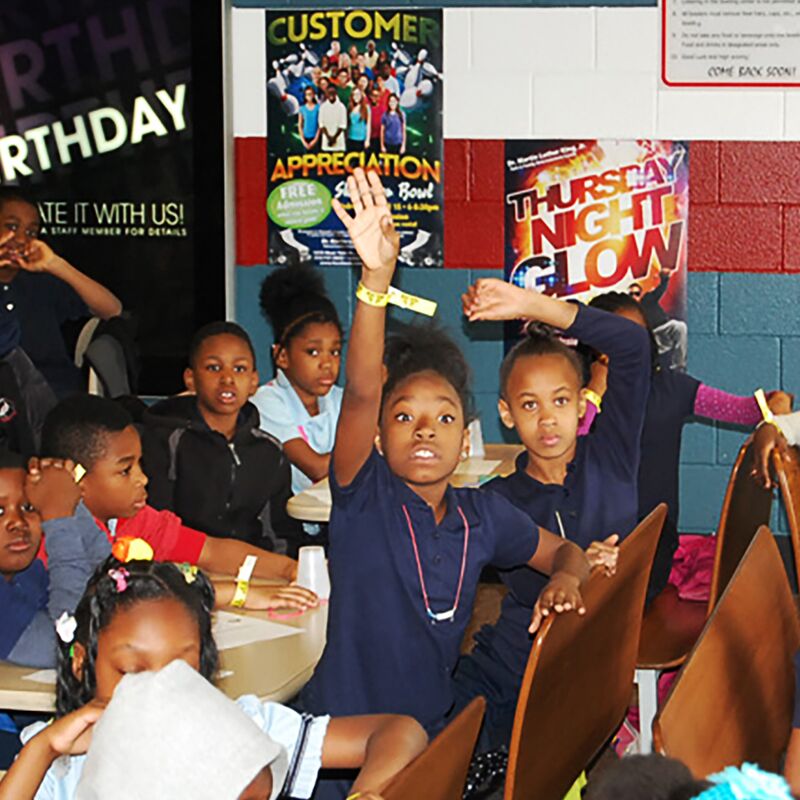
STEM Lesson 8:
The students will gain and understanding of Newton’s Laws and determine how a change in mass of an object (a roller skate) effects a push or pull on the objects speed and or direction. They will also gain information on different forces including the role gravity plays. They will conduct an experiment pertaining to the amount of force needed when mass changes.

Fourth Grade
4-PS3-1. Use evidence to construct an explanation relating the speed of an object to the energy of that object.
4-PS3-3. Ask questions and predict outcomes about the changes in energy that occur when objects collide.
PS3.A: Definitions of Energy
The faster a given object is moving, the more energy it possesses.
Energy and Matter
Energy can be transferred in various ways and between objects.
STEM in Sports:
Basketball, Volleyball, Roller Skating and Roller Derby
The students will get an introduction into the physics of sports, The Law of Conservation, how energy converts while the ball is moving, while calculating averages and velocity. They will also gain an understanding of how kinetic, potential, and thermal energy work in sports.
4-PS4-1. Develop a model of waves to describe patterns in terms of amplitude and wavelength and that waves can cause objects to move.
Waves of the same type can differ in amplitude (height of the wave) and wavelength (spacing between wave peaks).
STEM Lesson 5:
The students will investigate and understand that different frequencies and wavelengths in the electromagnetic spectrum range from radio waves through visible light to gamma radiation. They will gain an understanding of what light truly is and how it travels.
STEM Lesson 4:
The students will learn that sound is made of vibrations or sounds waves that we can hear. They will also understand that sound must travel through a medium as vibrations.
Fifth Grade
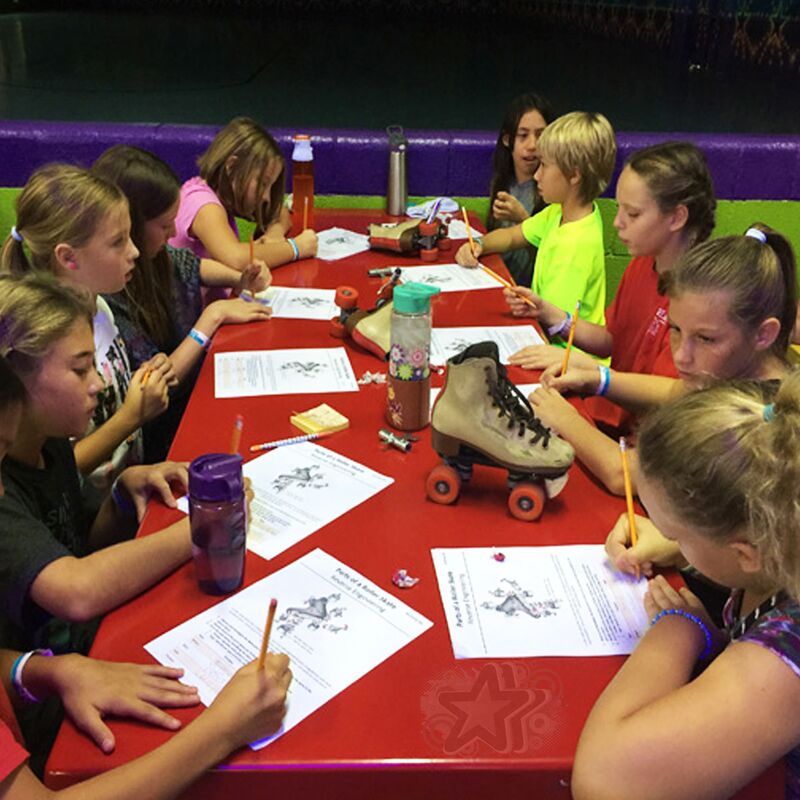
Standard 5.P.5: The student will demonstrate an understanding of the factors that affect the motion of an object.
STEM Lesson 1:
Students will learn about the parts of a roller skate/inline skate and how each part functions to make the skate. They will discuss how surfaces in the rink are made of different materials and how that affects the skate in motion. Students will have a chance to showcase their creativity and design a new feature for a skate.
STEM Lesson 8:
Students will learn about Newton’s three laws, how they relate to real world experiences and roller skating. They will learn how force and mass play a large role in motion and construct a balloon rocket.
5.P.5A. Conceptual Understanding: The motion of an object can be described in terms of its position, direction, and speed. The rate and motion of an object is determined by multiple factors.
STEM Lesson 7:
Students will learn how math concepts can be found all over the skating rink. Students will measure and calculate the speed of a runner, use mean, median and mode to talk about skate sizes and study all the shapes that can be found in a skating rink.
5.P.5A.2 Develop and use models to explain how the amount or type of force (contact and noncontact) affects the motion of an object.
5.P.5A.3 Plan and conduct controlled scientific investigations to test the effects of balanced and unbalanced forces on the rate and direction of motion of objects.
5.P.5A.4 Analyze and interpret data to describe how a change in force, change in mass or friction changes the motion of an object.
STEM Lesson 8:
Students will learn about Newton’s three laws, how they relate to real world experiences and roller skating. They will learn how force and mass play a large role in motion and construct a balloon rocket.
Middle School
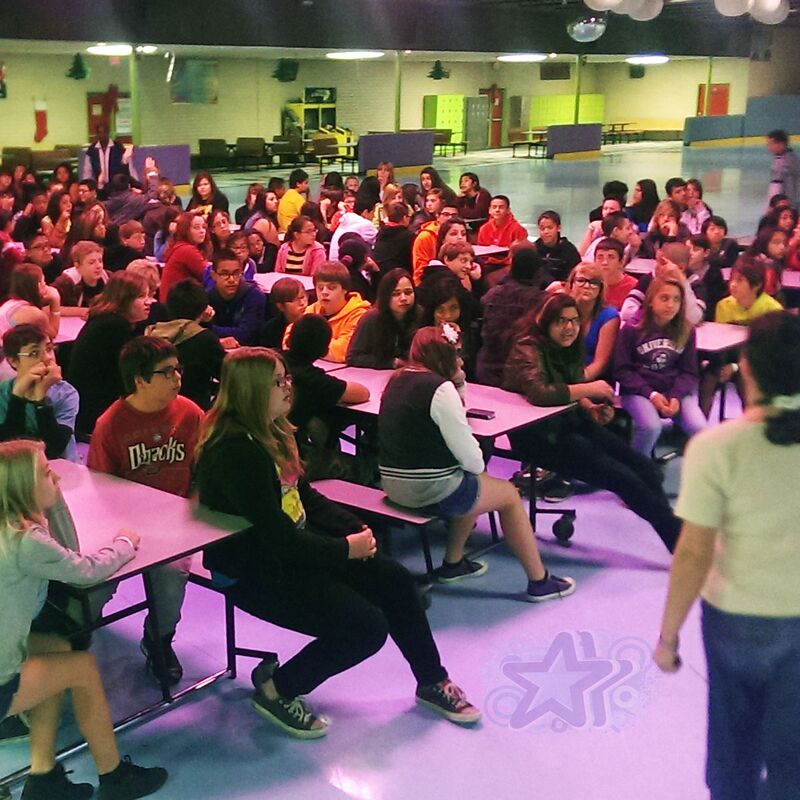
6-PS4-2. Develop and use a model to describe that waves are reflected, absorbed, or transmitted through various materials.
PS4.A: Wave Properties: A sound wave needs a medium through which it is transmitted.
STEM Lesson 4:
The students will learn that sound is made of vibrations or sounds waves that we can hear. They will also understand that sound must travel through a medium as vibrations. The students will then gain an understanding of the different parts of a wave and discuss the differences between transverse and longitudinal waves.
STEM Lesson 5:
The students will investigate and understand that different frequencies and wavelengths in the electromagnetic spectrum range from radio waves through visible light to gamma radiation. They will gain an understanding of what light truly is and how it travels.
7-PS3-1. Construct and interpret graphical displays of data to describe the proportional relationships of kinetic energy to the mass of an object and to the speed of an object.
STEM in Sports:
Basketball, Volleyball, Roller Skating and Roller Derby The students will get an introduction into the physics of sports, The Law of Conservation, how energy converts while the ball is moving, while calculating averages and velocity.
STEM Lesson 2:
The students will investigate and understand that moving objects exhibit different kinds of motion. They will also gain an understanding of what motion is and how to put an object into motion. They will participate in an activity they will allow them to calculate the speed in MPH on roller skates.
7-PS3-2. Develop a model to describe that when the arrangement of objects interacting at a distance change, different amounts of potential energy are stored in the system.
STEM Lesson 9:
The students will gain an understanding of velocity, several types of motion, and how they relate to the speed of a hockey puck and a roller hockey ball and how potential energy has a large impact on the game.
8-PS2-1. Apply Newton’s third law to design a solution to a problem involving the motion of two colliding objects.
8-PS2-2. Plan an investigation to provide evidence that the change in an object’s motion depends on the sum of the forces on the object and the mass of the object.
STEM Lesson 8:
The students will gain and understanding of Newton’s Laws and determine how a change in mass of an object (a roller skate) effects a push or pull on the objects speed and or direction. They will also gain information on different forces including the role gravity plays.
